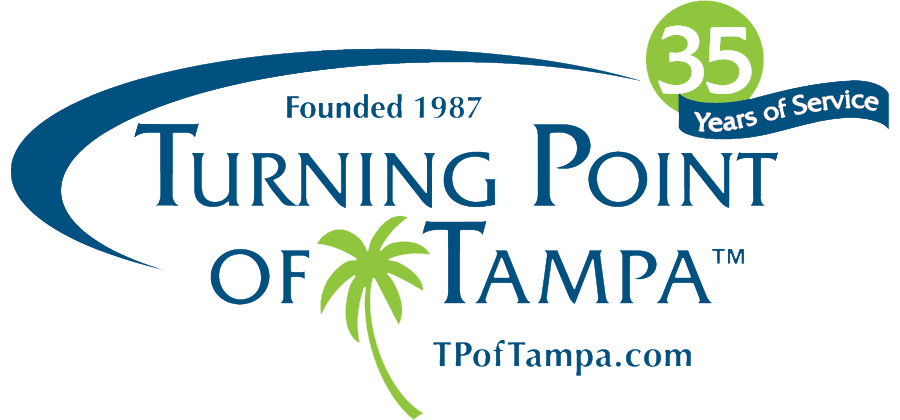Alcoholics Anonymous, or AA, was founded in Akron, Ohio in 1935 by Bill Wilson (Bill W.) and Dr. Bob Smith (Dr. Bob). Bill had been a successful New York stockbroker and Dr. Bob practiced as a surgeon in Akron. Both had struggled with alcoholism, and, in fact, when they first met, Dr. Bob had not yet achieved sobriety.
Bill had found sobriety as a member of the Oxford Group, a non-secular religious movement well-known in the early 1900s. Founded by Christian missionary Frank Buchman, the Oxford Group encouraged members to accept that fear and selfishness were at the root of their problems and to surrender their lives to God’s plan. Dr. Bob was also a member of the Oxford Group but had been unable to achieve sobriety until he met Bill.
When they first conceived AA, Bill and Dr. Bob adopted central tenets from the Oxford Group, including honesty, unselfishness, purity, and love, to help define and guide the AA 12-step program. They also incorporated the Oxford principles of admitting your wrongs and making amends to those you’ve hurt.
As Bill and Dr. Bob worked together in Akron that first year, they realized the need to integrate two more central guiding principles into the program: that the best results came from one alcoholic working with another alcoholic, and that sobriety could be achieved “one day at a time.”
The Role of Anonymity
The founding fathers of AA felt anonymity was a vital component of the organization. They knew from personal experience the shame felt by many alcoholics, as well as the fear that others might find about their drinking problem. To mitigate that fear, AA still fiercely protects the privacy and anonymity of its members and stresses the responsibility of all members to maintain their own anonymity and that of fellow members.
AA also emphasizes the equality of its members. The use of anonymity puts “the brake on those who might otherwise exploit their AA affiliation to achieve recognition, power, or personal gain.”
At the core of AA group meetings is the honest sharing of personal stories. Anonymity is crucial for members to feel comfortable in sharing their pain, struggles, and other personal information with the group.
The Big Book
It wasn’t until 1939 that the fellowship originally started by Bill and Dr. Bob was called Alcoholics Anonymous, named after a book written primarily by Bill W. entitled “Alcoholics Anonymous,” also known as The Big Book.
In the book, Bill explained the philosophy and methods he and fellow members used to achieve and maintain sobriety. He also included inspirational personal stories of those who had embraced the philosophy and achieved sobriety. The core of the philosophy was called the 12 steps, many of which were adapted from the Oxford Group. The book has since been updated and revised numerous times, with the most recent edition published in 2001.
Although the original purpose of The Big Book was to help alcoholics who didn’t have access to a meeting or another alcoholic, the book also explains the guiding beliefs of the AA program. The popularity of The Big Book helped word of AA to spread, and the number of AA groups boomed nationwide.
In 1941 the well-respected Saturday Evening Post featured an article on AA, putting the organization on the international map. Membership quickly surged to 6,000, with more groups continually forming. By 1950, AA worldwide members numbered around 100,000.
The following 12 steps have remained constant since the program’s inception, and today these steps, or variations of these steps, are used by many non-AA affiliated programs worldwide.
The 12 Steps of Alcoholics Anonymous are:
- We admitted we were powerless over alcohol—that our lives had become unmanageable.
- Came to believe that a Power greater than ourselves could restore us to sanity.
- Made a decision to turn our will and our lives over to the care of God as we understood Him.
- Made a searching and fearless moral inventory of ourselves.
- Admitted to God, to ourselves, and to another human being the exact nature of our wrongs.
- Were entirely ready to have God remove all these defects of character.
- Humbly asked Him to remove our shortcomings.
- Made a list of all persons we had harmed and became willing to make amends to them all.
- Made direct amends to such people wherever possible, except when to do so would injure them or others.
- Continued to take personal inventory and when we were wrong promptly admitted it.
- Sought through prayer and meditation to improve our conscious contact with God, as we understood Him, praying only for knowledge of His will for us and the power to carry that out.
- Having had a spiritual awakening as the result of these Steps, we tried to carry this message to alcoholics and to practice these principles in all our affairs.
Efficacy of Alcoholics Anonymous
There is much research to support the efficacy of AA. In fact, it has been proven so effective, the National Council on Alcoholism and Drug Dependence states, “Effective alcoholism treatment programs include a family component and referrals to appropriate self-help support groups modeled on Alcoholics Anonymous’ (AA’s) twelve steps of recovery.”
The Journal of Addictive Diseases published a study in 2009, entitled Alcoholics Anonymous Effectiveness: Faith Meets Science, seeking to measure the program’s effectiveness. The authors looked at a large sample longitudinal study of male patients in Veterans Administration programs, and found, “rates of abstinence are about twice as high for those who attended a 12-step group such as AA following treatment.”
An Alcoholism, clinical and experimental research study published in 2005 looked at patterns of AA involvement over 5 years and how the level of involvement related to abstinence. Identifying AA attendance as falling into a low, medium, or high frequency level, the study concluded that rates of abstinence at 5 years were:
- 43% for low group – who mostly attended AA for just 12 months following treatment
- 73% for medium group – stable attendance, about 60 meetings per year
- 79% for high group – stable attendance, over 200 meetings per year
A 2013 survey conducted by the Substance Abuse and Mental Health Services Administration (SAMHSA) indicated about 74% of substance abuse treatment facilities incorporated some form of 12-step program into their treatment plans. A substantial body of evidence supports the efficacy of AA 12-step and other 12-step programs.
If you or someone you love is struggling with an alcohol addiction, you are not alone. Turning Point of Tampa is here to help. Utilizing the 12-Step model for addiction treatment, we have helped thousands of clients over the past three decades.
Turning Point of Tampa’s goal is to always provide a safe environment and a solid foundation in 12-Step recovery, in tandem with quality individual therapy and groups. We have been offering Licensed Residential Treatment for Substance Abuse, Eating Disorders and Dual Diagnosis in Tampa since 1987.



